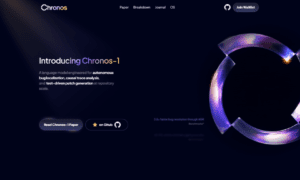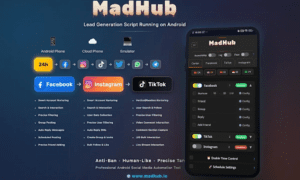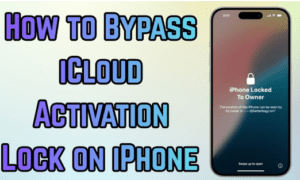The ability to remotely access and control a desktop computer from a mobile device has become increasingly important in today’s era. This article will explore how remote desktop technology works, how Avica’s Remote Desktop Connection tool lets you connect remotely. As long as the remote Windows computer is turned on and set up for a remote connection, you can grab or open a file, open an application, fix a problem, or just work remotely. And with an emphasis on user-friendly Avica solutions will provide a comprehensive guide on how to effectively remote control desktops and remote PCs.
Understanding Remote Desktop Working
To begin, let’s delve into the fundamental workings of remote desktop technology. Remote desktop enables users to access a computer from a different location, essentially allowing them to interact with the system as if they were physically present. With RDC, you can remotely access multiple Windows computers on the same network at the same time, whether they are at home or in your office.
The Easiest Way: Avica Remote Desktop
When it comes to remote desktop solutions, Avica Remote Desktop stands out for its user-friendly interface and robust features. Avica, a remote control app that allows you to connect and manage devices from anywhere. It ensures compatibility across devices, boasts low latency for seamless interaction, and implements end-to-end AES-256 encryption for enhanced security. It not only simplifies the remote access process but also adds key features that enhance the overall experience. First explore the key features of Avica and to get started with Avica, follow these simple steps:
Key Features of Avica:
Compatibility: Avica is designed to work seamlessly across a variety of devices and operating systems. Whether you’re using a Windows PC, Mac, Android or iOS devices, Avica ensures compatibility to make remote access hassle-free.
Low Latency: One of the prominent features of Avica is its low latency. This ensures that your remote sessions are smooth and responsive, providing a real-time experience that is critical for effective remote work or troubleshooting.
End-to-end AES-256 encryption: Security is a top priority when it comes to remote access. Avica uses end-to-end AES-256 encryption, an industry standard in security protocols. This strong encryption ensures that your data is secure during transmission, protecting your sensitive information.
File Transfer: Avica understands the importance of seamless file transfer between devices during remote sessions. With Avica, file transfer is not only possible but also straightforward and fast, increasing your remote work productivity.
How to use Avica for remote access:
Now, let’s explore how easy it is to remote into desktop using Avica:
Step 1: Sign Up for an Account
Visit the Avica website at https://www.avica.com/ and sign up for an account. This process is quick and straightforward, requiring basic information to create your Avica credentials.
Step 2: Download and Install Avica
After successfully creating your account, download and install the Avica application on the computer you wish to access remotely. Then launch Avica and log in with your account.

Step 3: Start a Session
Enable remote access by toggling the “Allow remote access to this device using your credentials” on the remote PC. Then, enter the “Avica ID” of remote PC on the host device. Click the “Connect” button and enter the relevant “Password” of remote PC. This step will walk you through initiating a remote session, allowing you to seamlessly connect to your target computer.
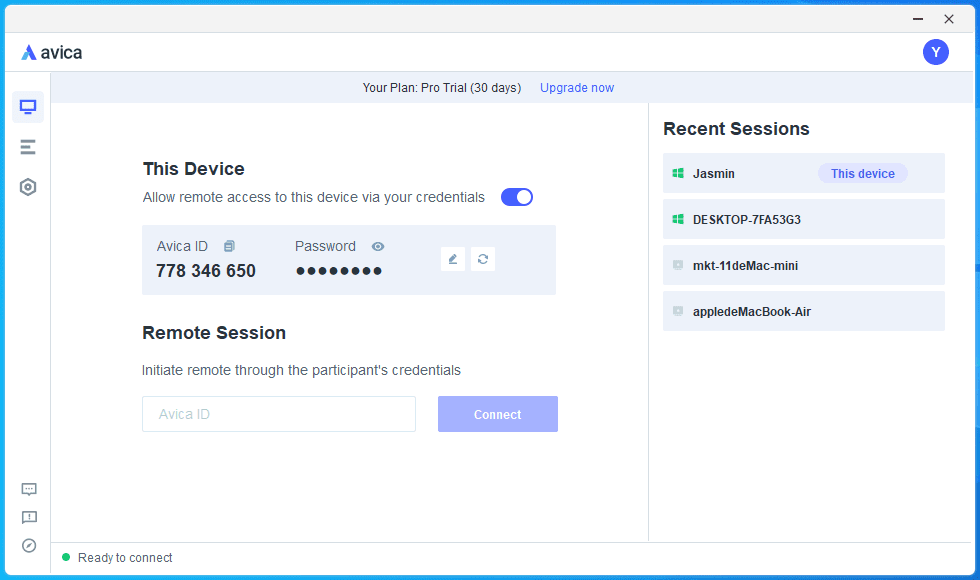
By following these simple steps, you can leverage Avica’s powerful features to access and control your computer remotely. Whether you’re working on a project from a different location or troubleshooting technical issues, Avica provides a secure and efficient solution for your remote desktop needs.
Introducing Avica Web App:
Avica’s Web App offers a streamlined approach to remote desktop control. With this web-based solution, users can access and manage their Windows PC from any browser-enabled device, eliminating the necessity for host device installations.
How to Use Avica Web App:
Follow these simple steps to start remote controlling your PC through the browser:
Step 1: Access the Avica Web App
Navigate to the Avica Web App at https://console.avica.com/remote. This link will take you directly to the online platform where you can log in to your Avica account.
Step 2: Log In to Your Avica Account
Enter your Avica account credentials to log in. If you don’t have an account, you can quickly sign up on the Avica website.
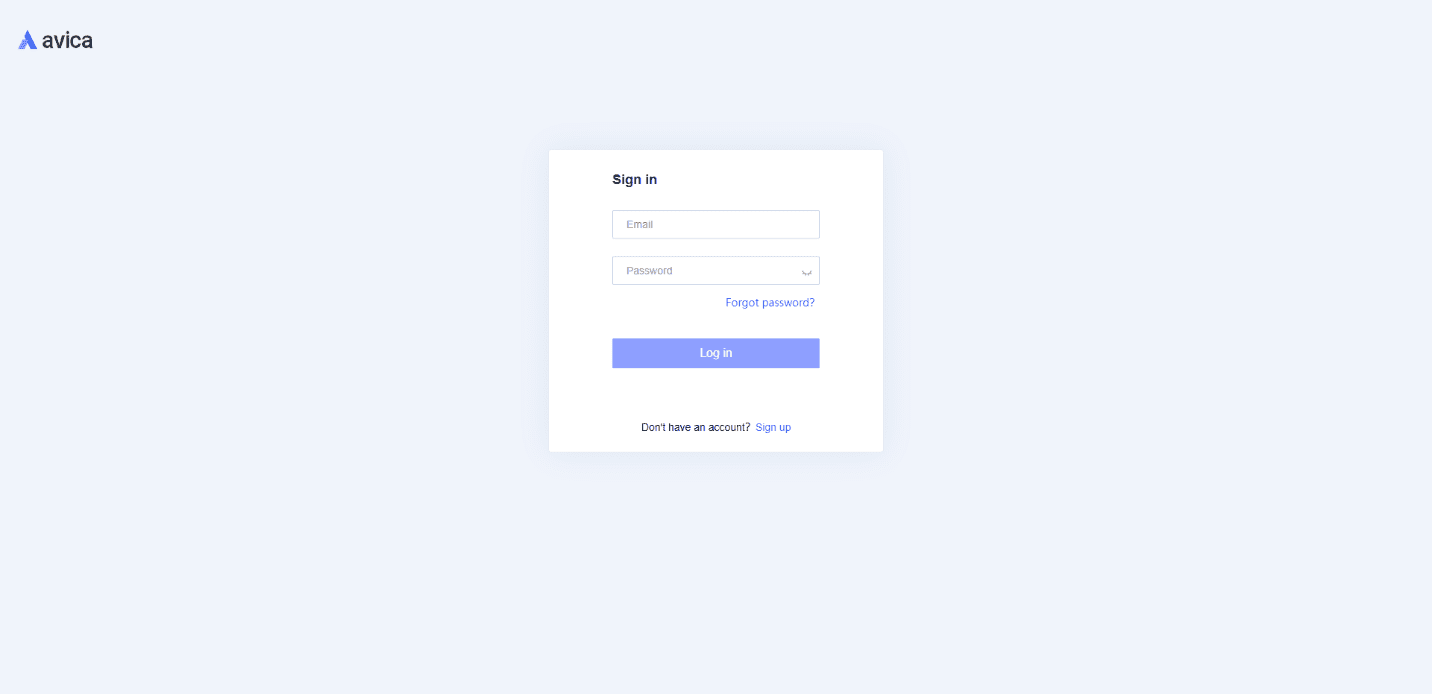
Step 3: Initiate Remote Control
While there’s no need to install the Avica application on the host device, you’ll need to ensure that Avica is installed on the remote PC. Then enter the “Avica ID” of remote PC on the Avica Web App to initiate a remote session.

Benefits of Avica Web App:
- No Host Device Installation: Unlike traditional remote desktop solutions, Avica’s Web App streamlines the process by eliminating the need for installations on the host device, enhancing accessibility.
- Browser Compatibility: Avica’s Web App is designed to work seamlessly across various browsers, providing users with flexibility in their choice of web browser.
- Secure Connection: Avica prioritizes security with encrypted connections, ensuring that your remote sessions are protected from potential threats.
Conclusion
In conclusion, remote desktop access and control have become indispensable in our interconnected world. Avica’s user-friendly solutions, including its desktop application and Web App, provide a reliable and secure means of accessing and managing remote computers. Whether you are troubleshooting technical issues or working on files from a distance, Avica ensures a smooth and efficient remote desktop experience.



